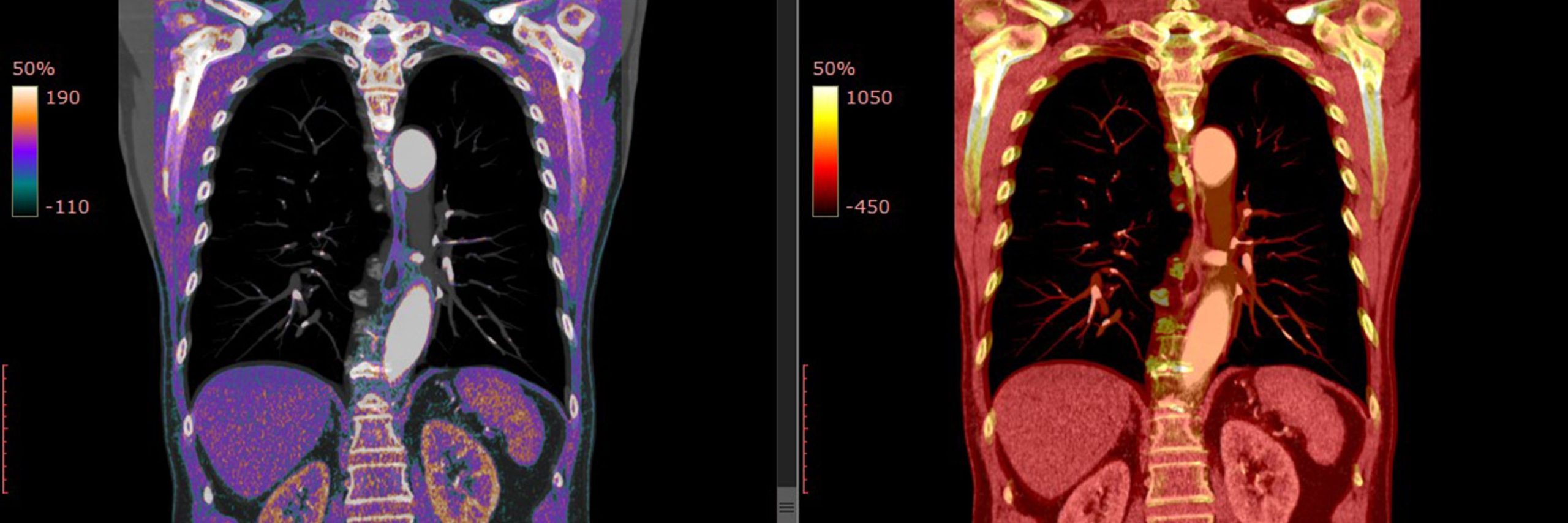The following is a summary of “Serum Klotho Modifies the Associations of 25-Hydroxy Vitamin D With All-Cause and Cardiovascular Mortality,” published in the February 2024 issue of Endocrinology by Chen, et al.
The relationship between 25-hydroxyvitamin D and mortality remains contentious. Klotho, a vitamin D activation and metabolism biomarker, might influence this association. However, whether Klotho levels influence the link between vitamin D deficiency and mortality was unclear. For a study, researchers sought to explore the joint impact of serum 25-hydroxyvitamin D [25(OH)D] and klotho on mortality risk in American adults living in communities.
The study included 9,870 adults from the National Health and Nutrition Examination Survey (2007-2016). Mortality data were collected by linking participants to National Death Index records. Cox proportional hazard models were utilized to examine the relationship between serum 25(OH)D, serum klotho, and all-cause and cardiovascular disease (CVD) mortality.
A significant interaction between klotho and serum 25(OH)D was observed for all-cause mortality (P = .028). When klotho levels were >848.4 pg/mL (a mortality risk threshold), no significant risk of all-cause or CVD mortality was detected at any serum 25(OH)D level. However, when klotho levels were <848.4 pg/mL, significant risks of all-cause and CVD mortality were observed with serum 25(OH)D < 50 nmol/L [hazard ratio (HR) 1.36, 95% confidence interval (CI) 1.10-1.69; HR 1.78, 95% CI 1.16-3.45) and as a continuous variable (HR 0.98, 95% CI .97-.99; HR 0.98, 95% CI .98-.99). Additionally, combined vitamin D metabolism disruption, indicated by decreased serum 25(OH)D (<50 nmol/L) and klotho (<848.4 pg/mL), was associated with significant all-cause mortality (HR 1.48, 95% CI 1.11-1.96) and CVD mortality (HR 2.36, 95% CI 1.48-3.75).
The risk of mortality associated with vitamin D is only evident when klotho levels decrease concurrently, suggesting that vitamin D metabolism dysfunction heightens mortality risk. Klotho levels could serve as a predictive marker for long-term mortality outcomes and may aid in guiding decisions regarding vitamin D supplementation therapy in populations with vitamin D deficiency.
Reference: academic.oup.com/jcem/article-abstract/109/2/581/7242539



















